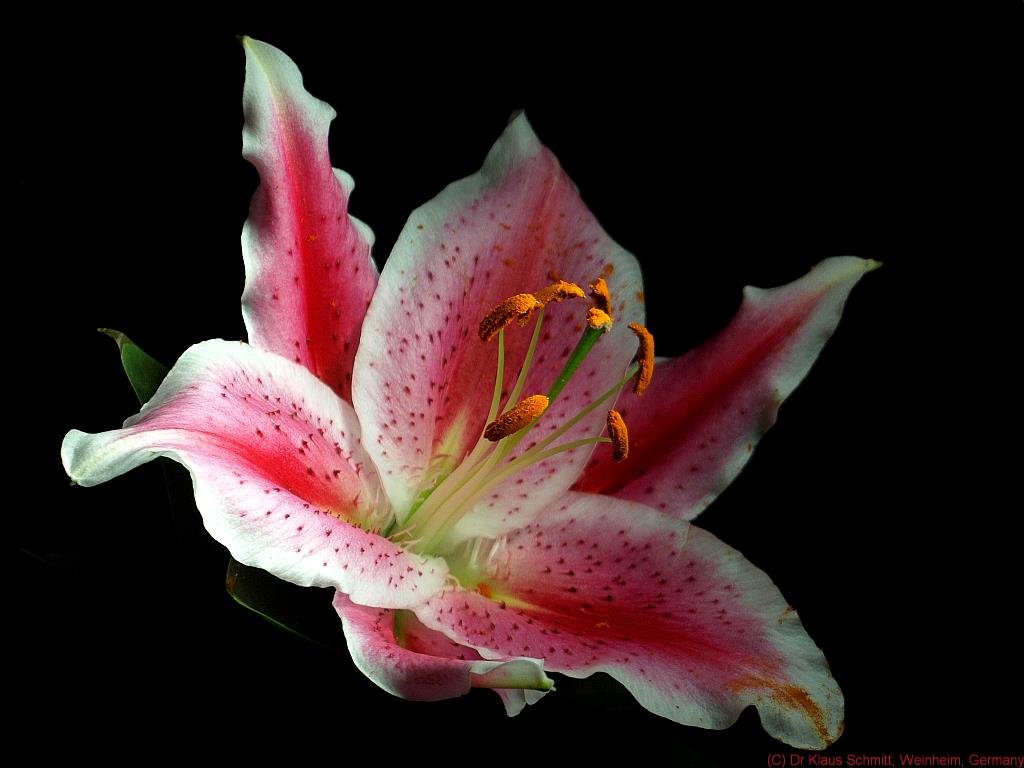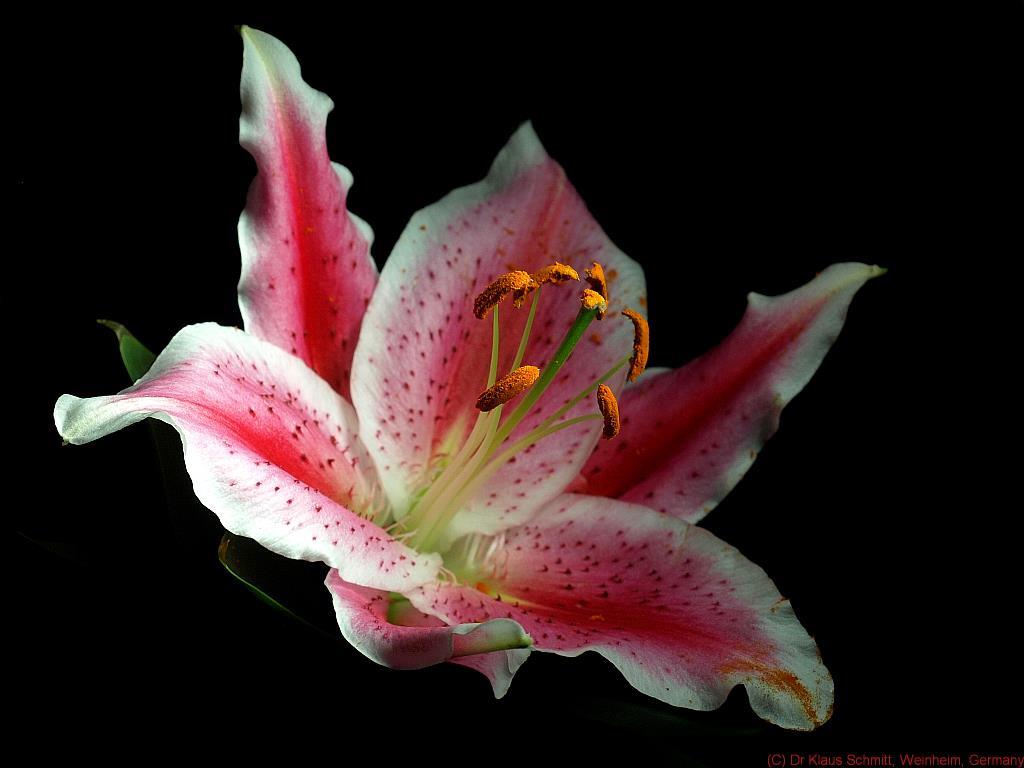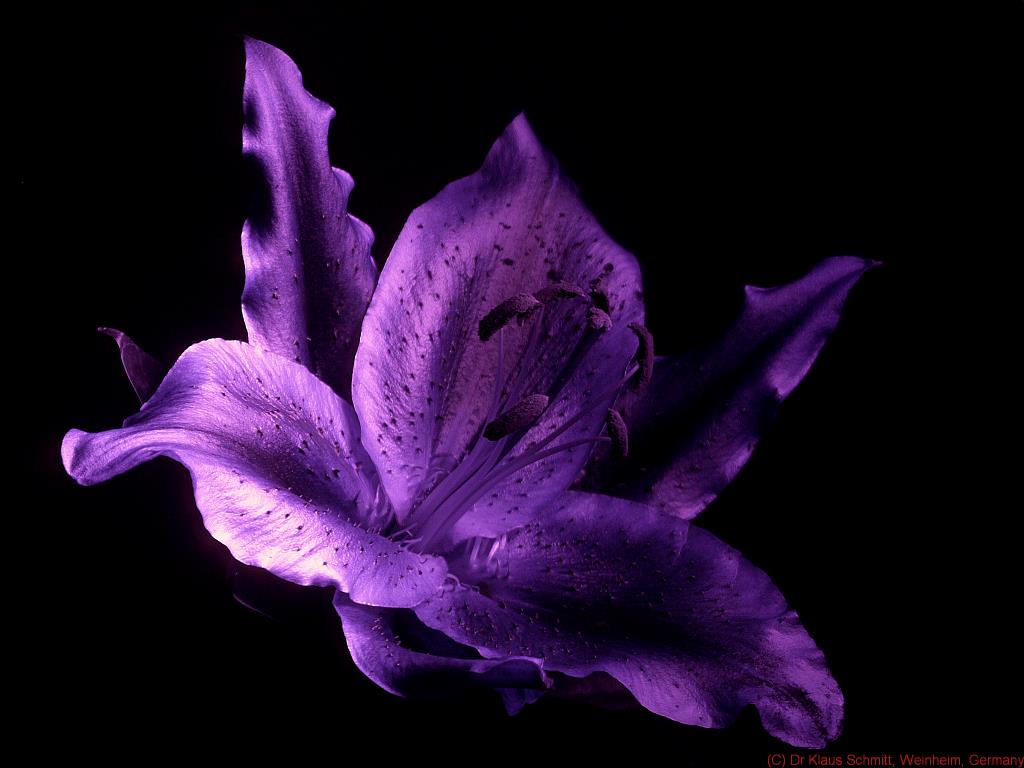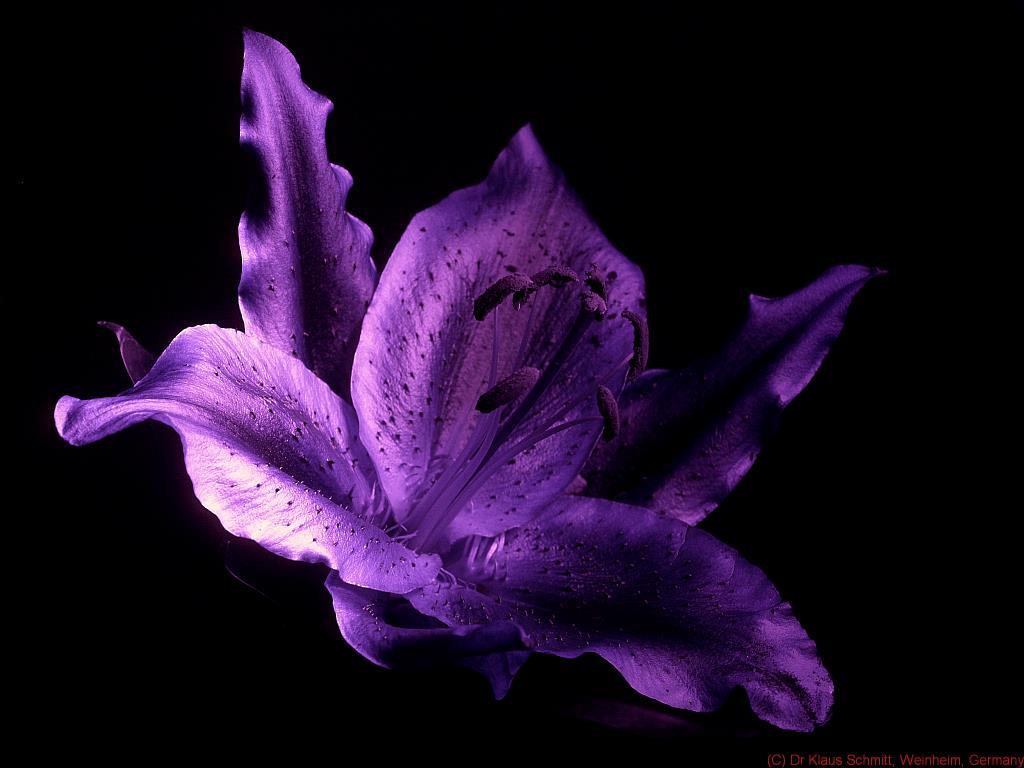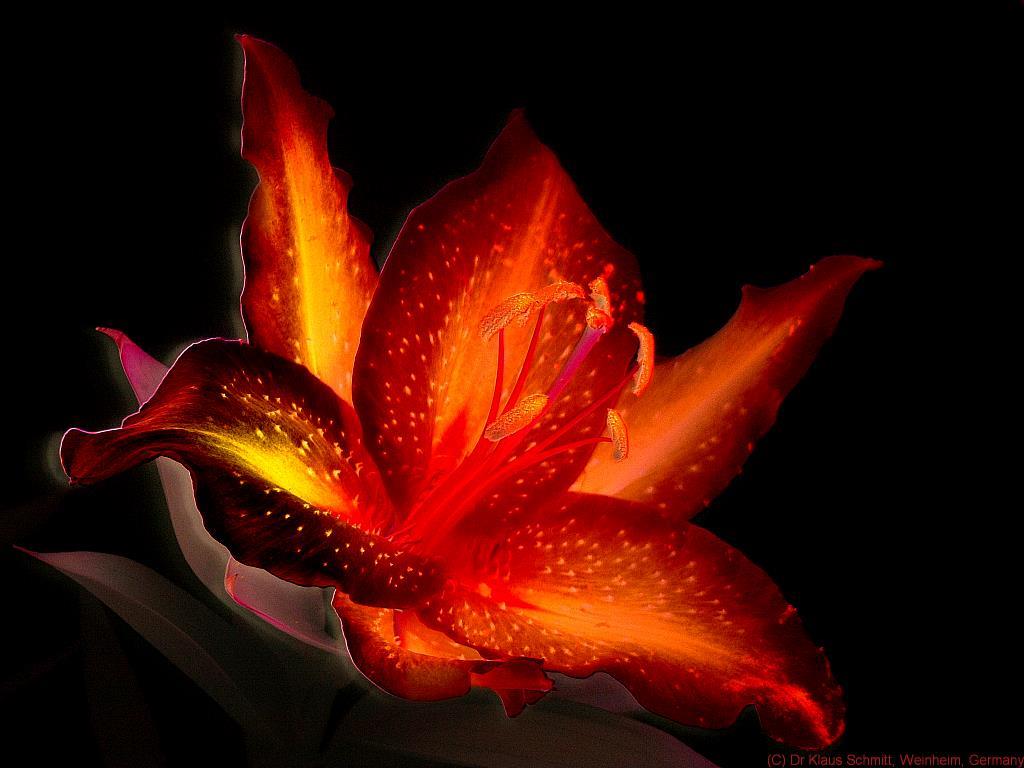Dr Klaus Schmitt
Well-known member
A VIS-UV differential using the EL-Nikkor 5.6/80mm (all shot at f8, ISO400, 1/160s using Xenon flash):
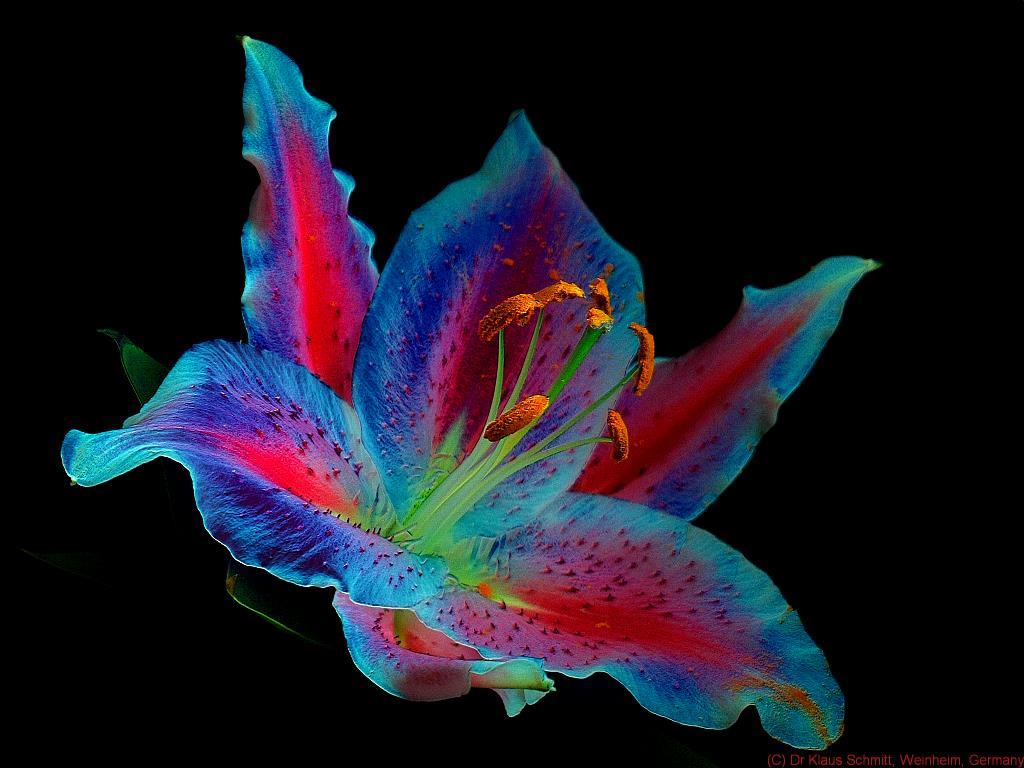
and yes, quite a nice lens with quite good UV transmission and very little focus shift.
Here now using the 5.6/105mm EL-Nikkor
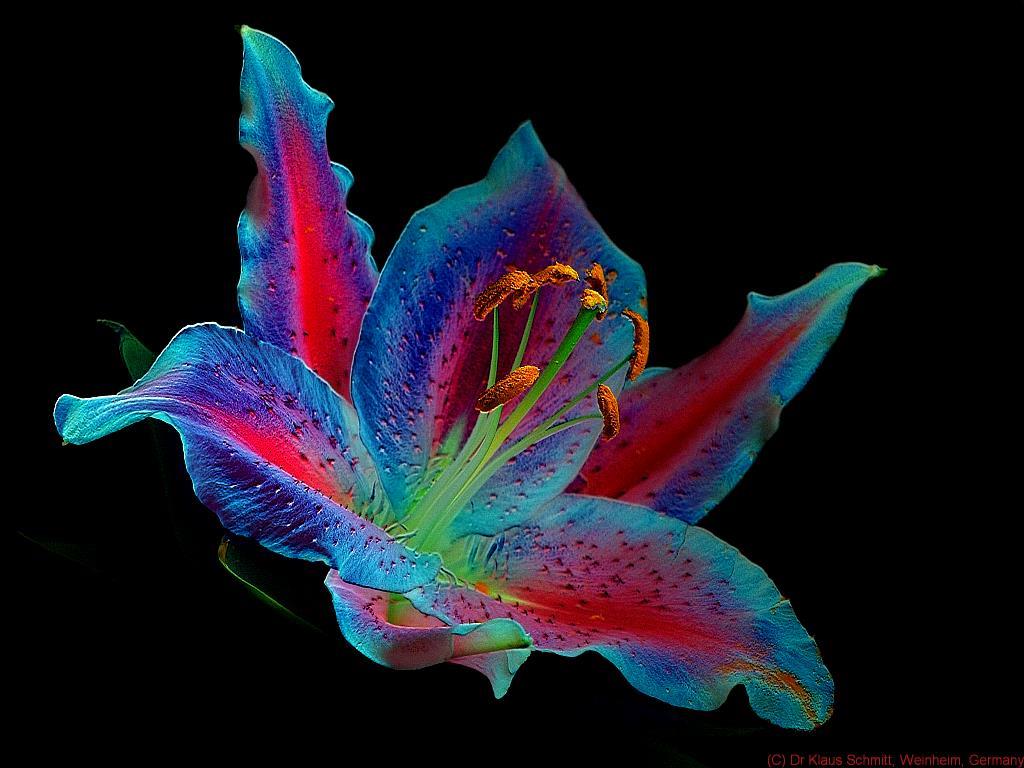
Quite more focus shift, but also quite good UV transmission.

and yes, quite a nice lens with quite good UV transmission and very little focus shift.
Here now using the 5.6/105mm EL-Nikkor

Quite more focus shift, but also quite good UV transmission.

